Tell me if this sounds familiar. Your friend, who also loves synths, asks you to join them at a get-together where you’re encouraged to bring some gear and play with folks in real-time. You get all excited, thinking about what you’ll bring and the inspiration that collaborating with others will spark. You recognize that this could be one of those moments where magic happens, where you create something super cool together. The day of the jam arrives, and you walk through the door, only to be immediately sonically assaulted by what sounds like robots fighting in an orchestra pit. Maybe they’re just noodling around, you think, or maybe they’re taking a break? But by the time you’re ready to leave, you’ve suffered through three hours of unrelenting cacophony. Your ears are exhausted, and you find yourself craving a few brief seconds of silent respite.
I’ve been to so many of these “jams” where every single person seems to be trying to occupy every single frequency, and they all just keep turning up their volume so they can hear themselves. Purely through personal experience and observation—biased and entirely unscientific—I’d estimate that roughly 90-95% of the jams I’ve attended have been intolerable. Yet, for some reason, I keep going. I suppose I’m still holding out hope for that magical moment to happen. Plus, I really do enjoy the social aspect.
Before I go any further, I want to be clear that there are exceptions to these audio battles. As I’ll explore below, it often comes down to having experience playing music with others, but there are several factors at play. In fact, I want to give a quick shout out to Ridgewood Soundlabs in Queens, NY where there are certainly raucous moments, but people jamming tend to listen and play well together.
The multiple causes of chaotic synth jams
Everyone wants hear to themselves
A common issue of synth jams is when everyone starts cranking up their volume to hear themselves over the collective noise. Before you know it, the mix turns into a cluttered mess where individual sounds get drowned out by a solid mass of sound. Instead of blending together(you know, making music), it becomes a battle for sonic dominance.
Think of a more traditional band. The bass guitar holds down the low end, the guitars and keyboards fill out the mids, and the cymbals and hi-hats take care of the highs. Each instrument has its own space, which is why you can hear everything clearly without it turning into mush. A great synth jam works the same way. Everyone should consciously pick a lane in the frequency spectrum and stick to it, letting each contribution shine without stepping on each other’s toes.
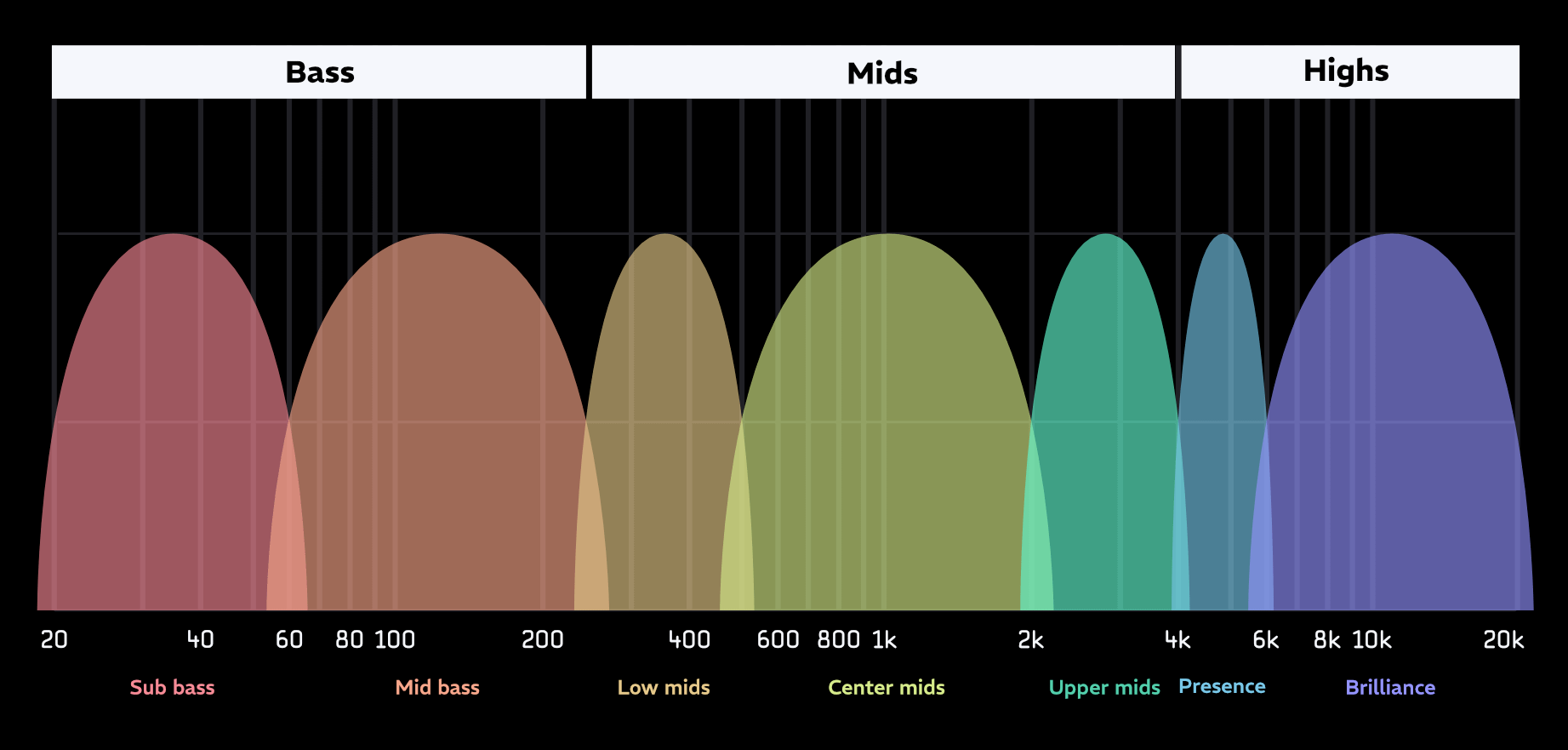
Strategy: Volume discipline and active listening
Instead of reaching for the volume knob every time you feel drowned out, try adjusting your sound to fit into the mix better. Maybe your bass could use a little more punch, or your lead could be a bit less sharp. The key is to listen—really listen—to what’s happening around you and find a way to complement it. Jamming isn’t about being the loudest; it’s about making music together.
Lack of defined structure
Without some kind of a shared structure, jams can quickly descend into chaos. Everyone’s playing their own thing, with no real sense of direction, and the result is often a disjointed, abrasive noise that’s more frustrating than fun. Don’t be a stickler, structure doesn’t have to mean rigid rules. It’s more about creating a framework or space that allows creativity to flow instead of aimlessly wandering.
Jazz ensembles often start with a “head” melody—a simple tune that everyone knows—before they break into solos and improvisation. The head gives everyone a common ground to return to, so no matter how wild the solos get, there’s always something to hold onto. In a synth jam, agreeing on a key, general vibe, or sharing clock before you start can work wonders. It gives everyone a common framework and keeps the session from spiraling into chaos.
Strategy: Establishing a basic structure
As you’re setting up your gear, take a minute to chat with the group. What kind of sound are you going for? Who’s handling the bass? Who’s playing with textures? Setting up these roles and guidelines can help keep the session cohesive, without stifling anyone’s creativity. And remember, it’s okay to change things up mid-jam—just make sure everyone’s on the same page.
No defined rules for communication
Communication is the backbeat of any successful collab, and synth jams are no different. Without some way to signal changes or transitions, the jam can quickly lose its groove, leaving everyone frustrated and out of sync. Don’t stress, communication doesn’t have to be complicated. It’s all about finding ways to keep everyone in the loop, even when shit gets busy.
In an orchestra, the conductor isn’t just waving their hands around for show—they’re giving cues, setting tempos, and making sure everyone knows when to come in. While synth jams usually don’t have a conductor, you can still establish simple, non-verbal signals to keep things running smoothly. A nod here, a hand signal there, and suddenly everyone’s on the same wavelength.
Strategy: Agree on communication signals
Develop a set of non-verbal signals or cues to guide the jam. This could be as simple as raising a hand to indicate a change or nodding to signal agreement. It’s also important to focus on the leader’s cues. If there’s a designated leader, everyone should pay attention to their signals to ensure cohesive transitions.
Technical issues
Tech problems are almost guaranteed in any electronic music setup. Whether it’s a glitchy cable, a power issue, or a module that suddenly acts up, these things can mess with your jam. But don’t let it kill the vibe. With a little preparation and quick thinking, you can troubleshoot on the fly and keep the session rolling.
Imagine you’re at a live show, and the guitarist breaks a string or the drummer drops a stick. Do they stop the whole performance? Nope. They keep going, working around the problem while the audience barely notices. The same goes for synth jams. Figure out what’s up, and find a quick fix without bringing the whole session to a halt.
Strategy: Prepare and troubleshoot
Before the jam, do a quick check of your gear to make sure everything’s working as it should. Bring along some extra cables, adapters, and tools—because you never know what might go wrong. And if something does go haywire, put on your headphones and diagnose the problem without stopping the music. Having a backup plan is always a good idea, too—whether it’s a secondary setup or just a way to bypass a malfunctioning piece of gear.
A good approach is to have a small gig bag. with all of this stuff in it already. Then you just grab it go. This fairly comprehensive list should cover most of the essentials needed for a synth jam or live performance, helping you be prepared for various scenarios.
- Instrument
- Instrument power
- 20ft instrument output cables
- Instrument output backup cables
- Patch cables (variety of lengths)
- Cable adapters (to convert your outputs)
- Headphones
- Headphone adapters
- Tuner & Oscilloscope
- Spare batteries (if your gear uses them)
- Power strip w/ long extension & USB
- USB cables (variety of types: A to B, C to C, etc.)
- MIDI cables
- Direct box
- Gaffer tape (to secure cables and prevent tripping)
- Multi-tool (for any quick repairs)
- Cleaning cloth (for gear maintenance)
- Notepad and pen (for quick notes or patch ideas)
- Earplugs (for personal ear protection during loud jams)
- Portable charger (for any mobile devices)
- Flashlight or headlamp (for dark spaces)
Etiquette: how to behave in a synth jam
Respect time and space—both sonic and physical
Just as you wouldn’t crowd someone physically, don’t crowd them sonically. Leave space in the frequency spectrum for others to contribute. Similarly, respect the rhythm and timing of the jam—don’t crowd others by constantly filling every rhythmic gap. Physically, be mindful of your setup and make sure it’s not impeding others’ space.
Take turns leading and supporting
A good jam session is like a conversation, where everyone gets a chance to lead and support. If you’ve been driving the jam for a while, step back and let someone else take the lead. Conversely, if you notice someone struggling to be heard, consider dialing back your contribution to give them space.
Actively seek feedback
Feedback isn’t just helpful—it’s essential. Don’t wait for someone to point out an issue; ask for input. “Am I too loud?” “Is this working with what you’re doing?” Being open to feedback can turn a chaotic jam into a cohesive musical experience.
Making the most of synth jams
Synth jams have the potential to be super rewarding, collaborative experiences, but they require effort, communication, and a bit of humility to get right. By recognizing and addressing the common pitfalls—whether it’s volume wars, lack of structure, or technical issues—you can help create an environment where creativity thrives.
Remember, the goal isn’t to dominate the jam or display the power of your new drum machine—it’s to contribute to a shared musical experience that’s greater than the sum of its parts. With the right mindset, preparation, and etiquette, you can help turn a potential cacophony into a cohesive, enjoyable, and memorable session.
And while the explorative, completely free chaos of noodling independently in a group setting can be cathartic and even welcome at times, there’s a tipping point where it becomes too much. If your ears are fatigued, then so are the ears of your friends. Keep an eye out for signs of discomfort.
So, next time you’re invited to a synth jam, bring your gear, your enthusiasm, and most importantly, your willingness to listen and collaborate. Who knows? You might just find that magic you’ve been hoping for.

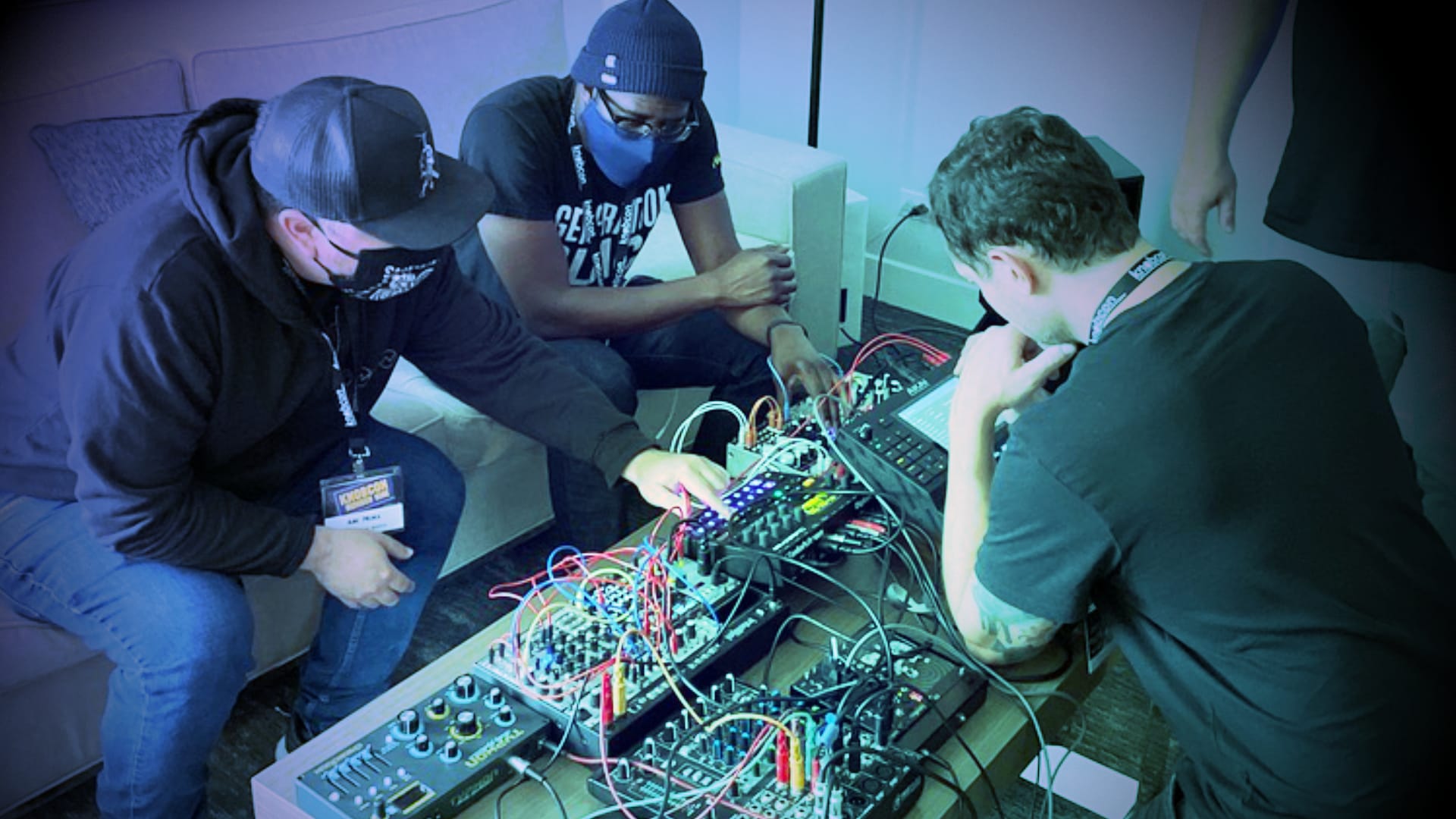
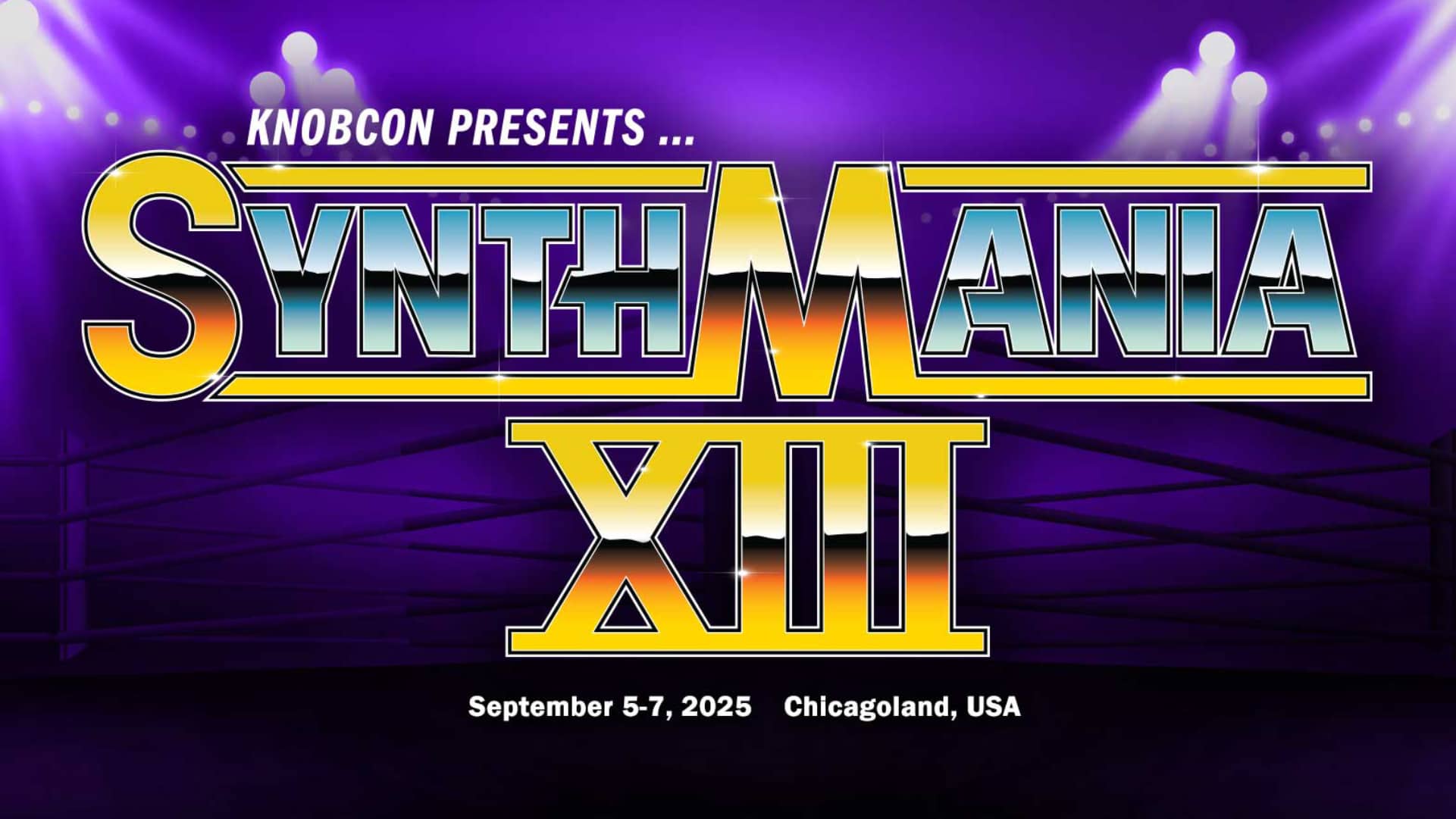
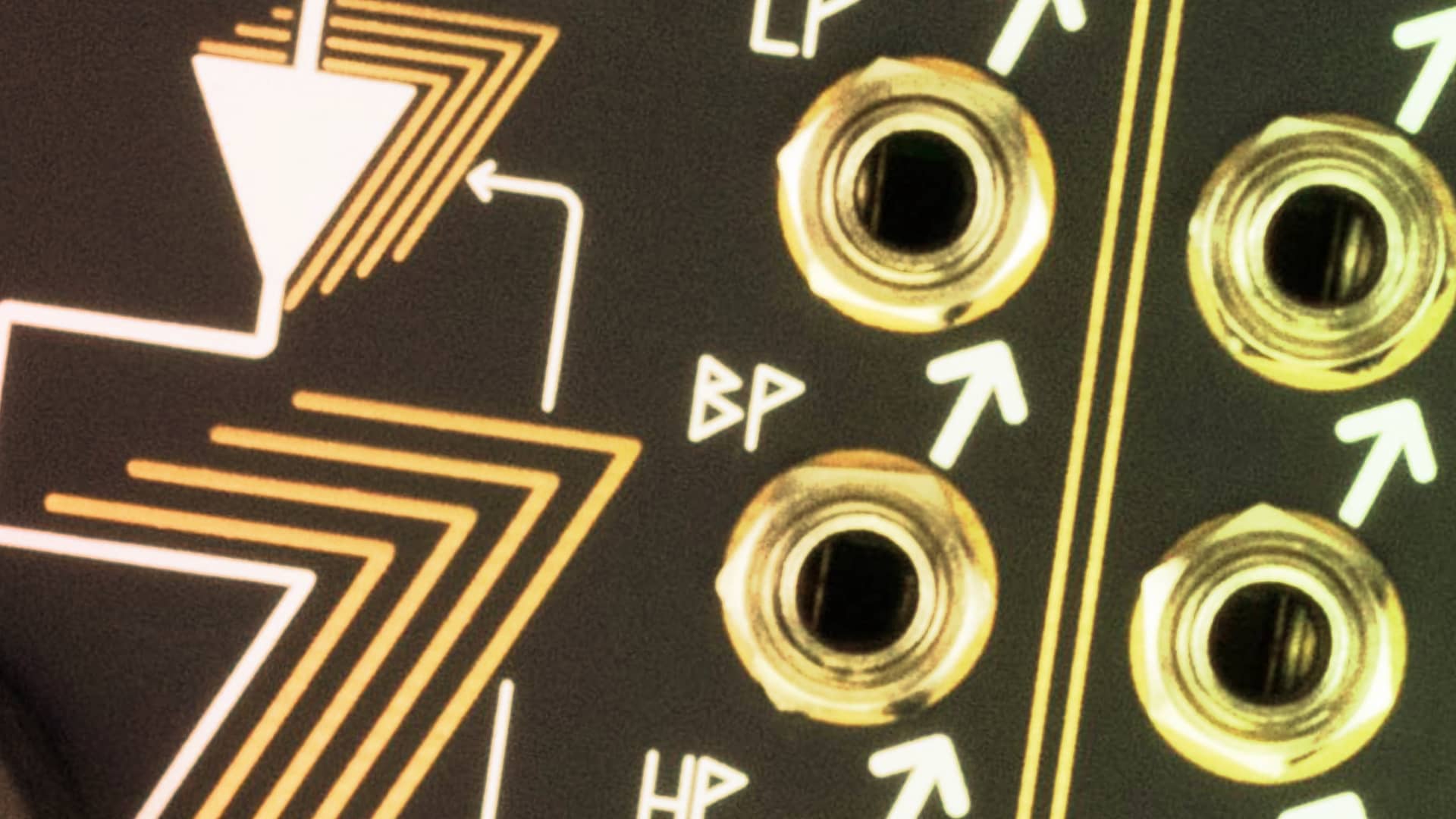
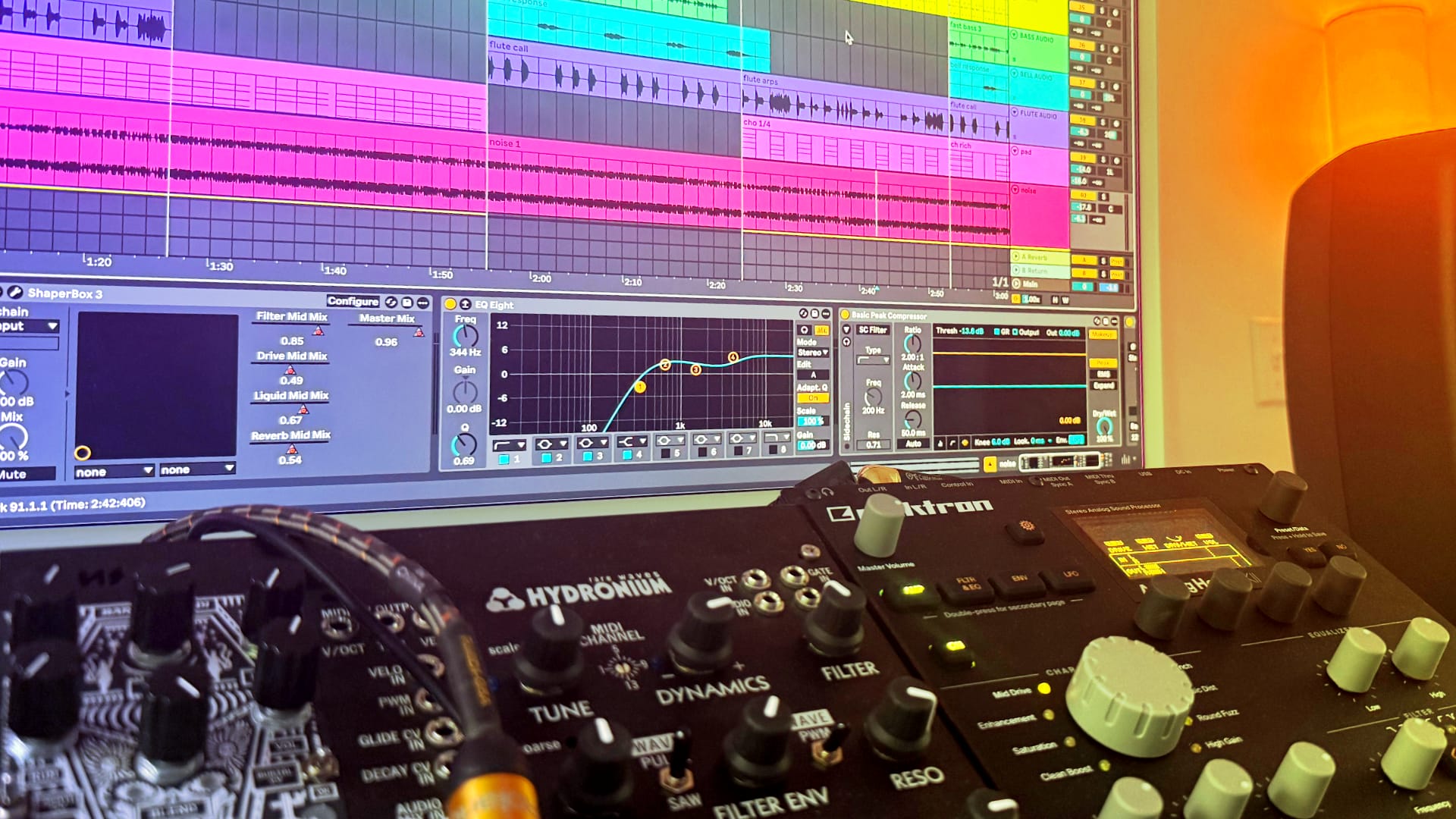
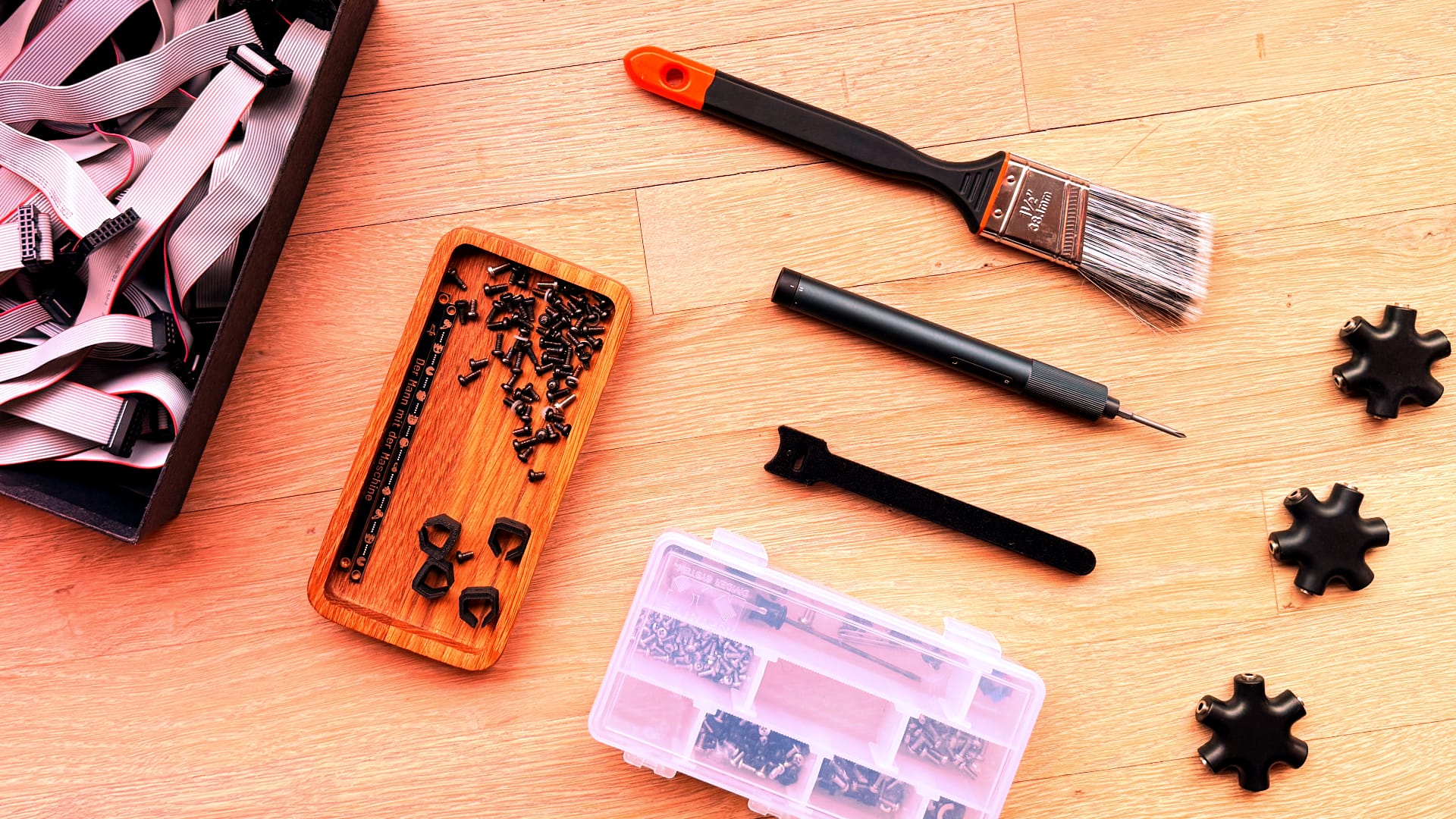



This is great. The jams can get out of hand quickly.